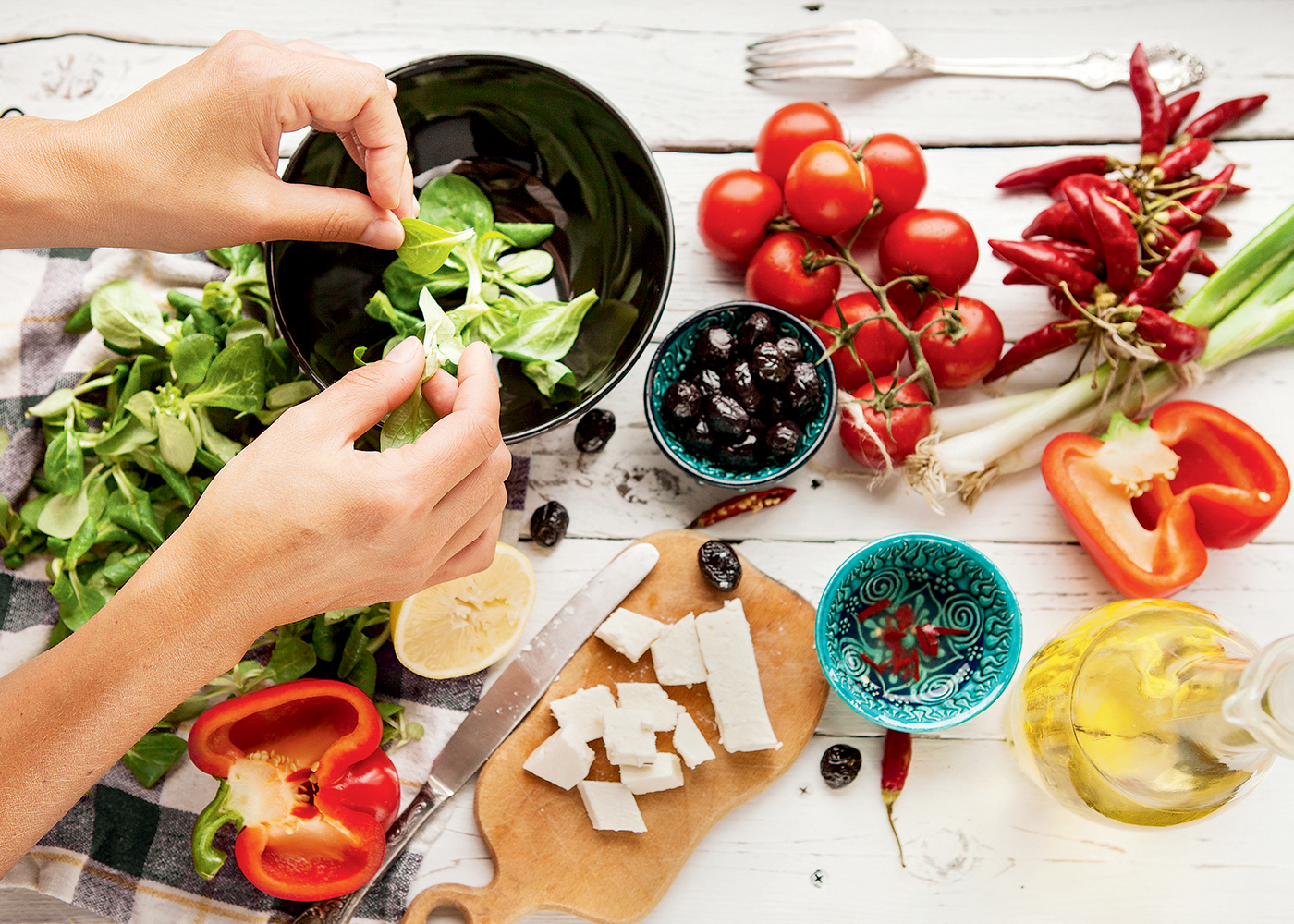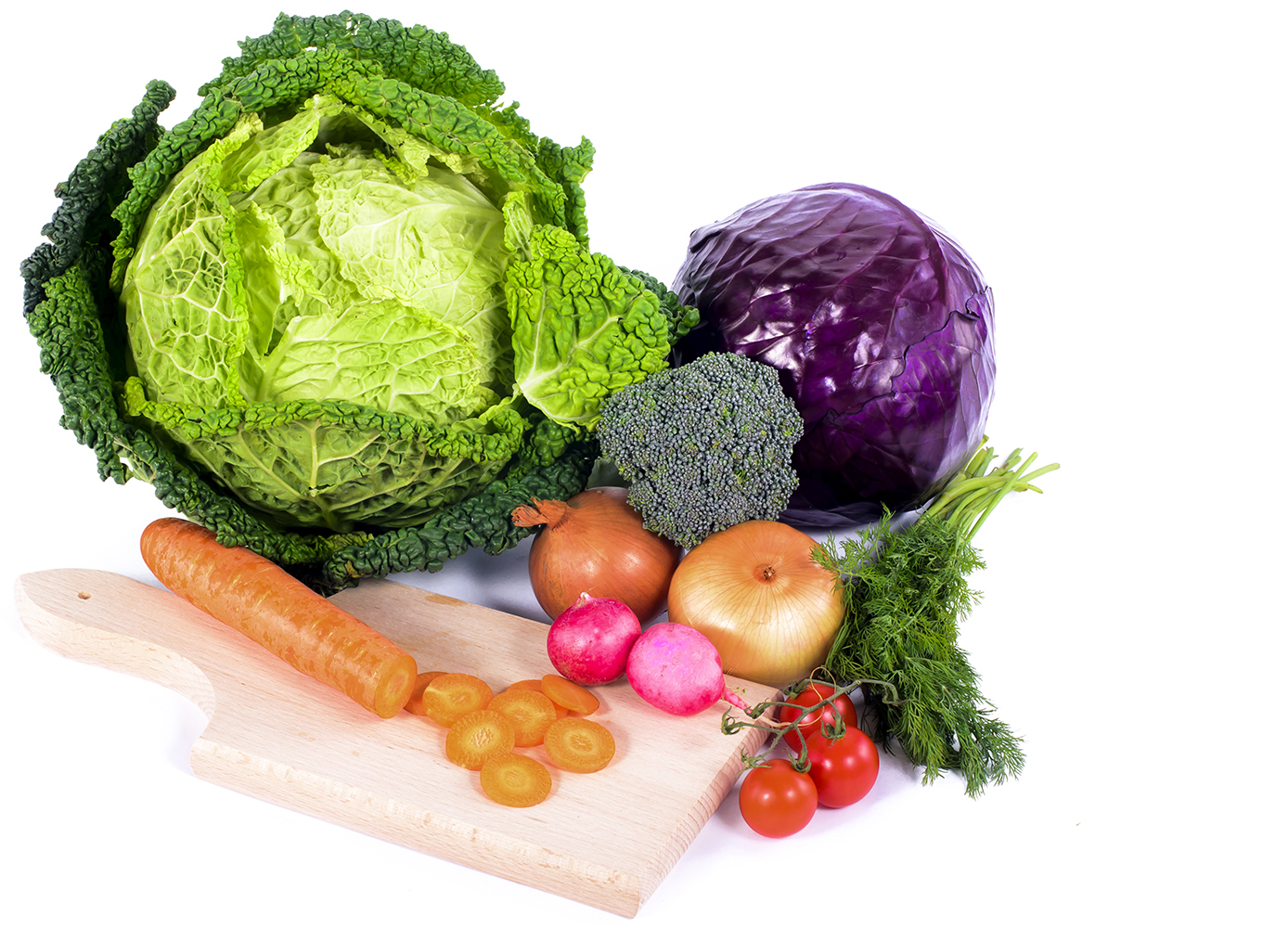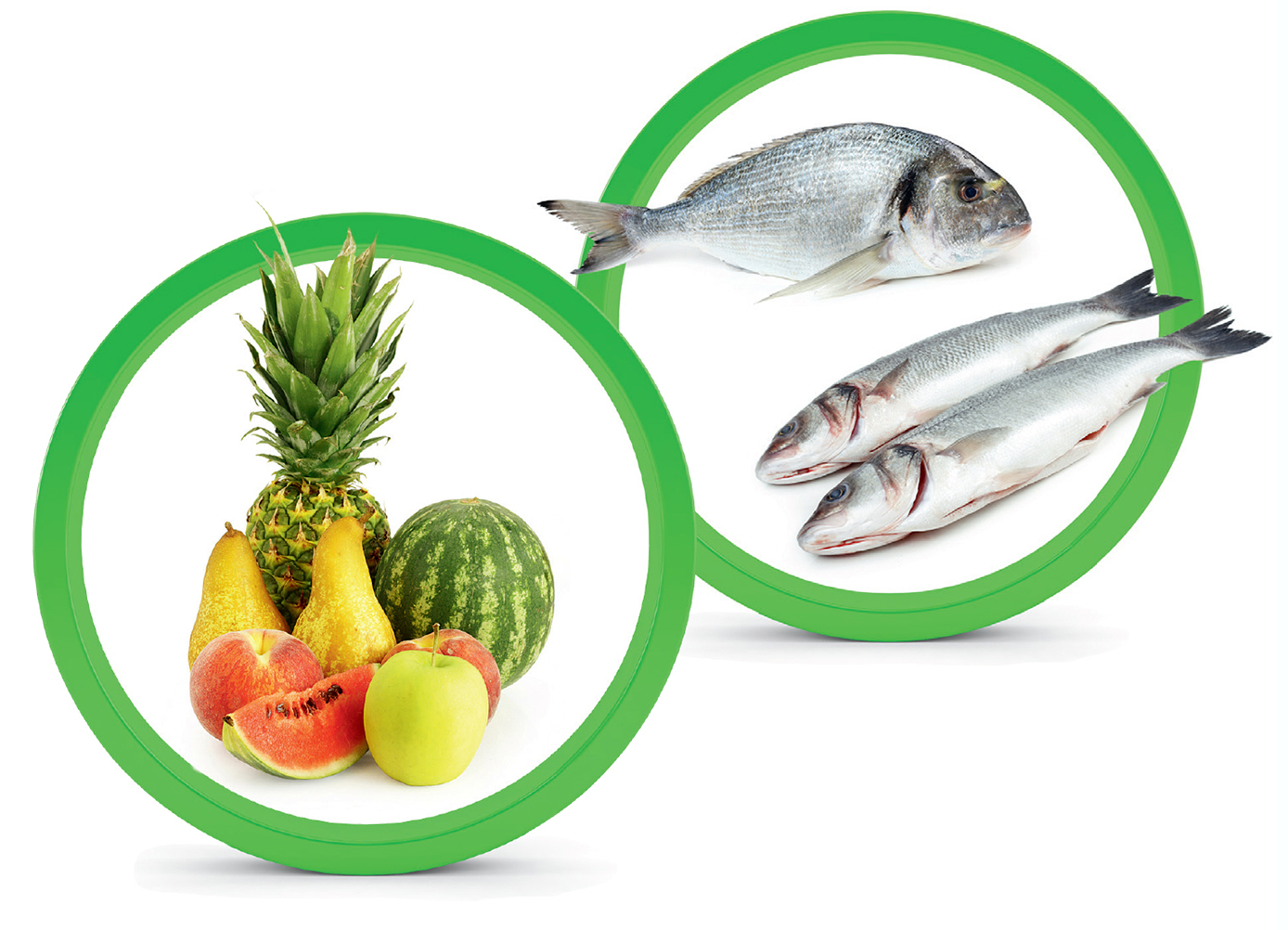If your diet needs a power boost, a bit of creativity and variety can provide what it lacks
By Wendy Haaf
Photo: iStock/Solovyova.
When it comes to eating a healthy diet, our actions often don’t match our good intentions. In a 2015 survey of 1,503 Canadian adults conducted on behalf of a cooking magazine, 91 per cent of respondents claimed they wanted to eat a healthy balanced diet, but only 10 per cent said that all of their meals met that goal. Those results echo the conclusion of a study that found that, based on data from the latest Canadian Community Health Survey (CCHS), the quality of our nation’s diet is poor.
So how can you make your meals healthier, without slaving for hours every day in the kitchen or doing damage to your grocery budget? We’ve gathered tips from people who are experts at whipping up healthy tasty meals.
Focus on Fruits and Vegetables.
Most of us miss the minimum target of five servings a day of vegetables and fruit: according to figures from Statistics Canada, in 2014, only 27.7 per cent of men and 45.1 per cent of women aged 55 to 64 reported consuming the recommended minimum amount of these foods, and older people scored scarcely better. Those figures are down from 2008, when more than half of women 55 to 64 and 33.8 per cent of men met that mark.
The question is, of course, how you can easily ramp up your intake of these nutritional superstars. A handy rule to remember is to fill half your plate with vegetables at every meal, suggests Amanda Nash, a registered dietitian and community nutrition and northern outreach manager with the Manitoba chapter of the Heart and Stroke Foundation. The following are more tips to increase fruit and vegetable intake:
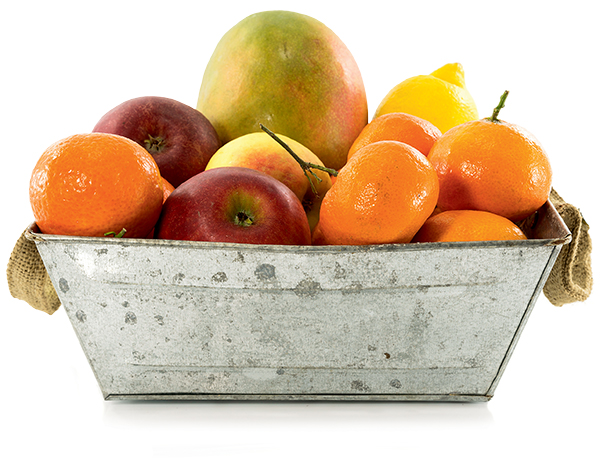
Photo: iStock/compuinfoto.
Store Them Front and Centre.
Research suggests that a colourful bowl of fruit on the counter or a container of washed and cut vegetables at the front of the fridge can increase the odds you’ll reach for these items at snack time.
For Patricia Chuey, a Vancouver-area registered dietitian and food writer, the container of veggies is a permanent household fixture. “It’s for grabbing a quick handful while you’re figuring out what else you want to eat,” she says.
Chuey sometimes uses a serrated gadget that cuts carrots into a crinkle shape similar to ripple chips. “They get devoured,” she says, “because our brains like novelty.” If the contents of the crudités container start looking a little wilted, she says, “I’ll take 10 minutes and chop them up and throw them in a Baggie, then they graduate to the freezer. Then when I go to make a homemade soup or chili, I can grab a handful and add it to the pan.”
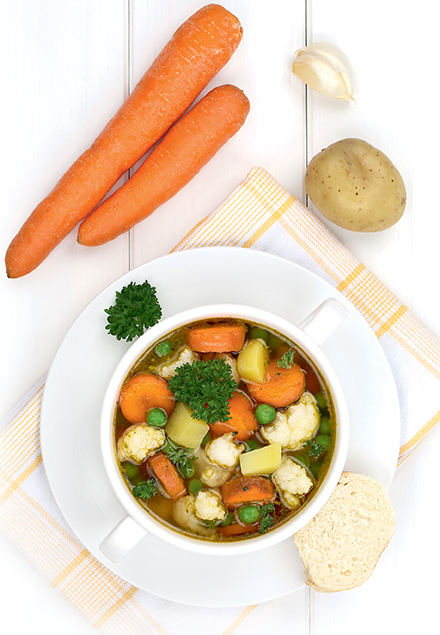
Photo: iStock/Boarding1Now.
Soup Them Up.
Whether it’s as a main dish or a starter, soup is a great vehicle for sneaking in servings of vegetables at lunch and dinner. You can pull together homemade soup in little more than the time it takes to open a can: simply open a carton of low-sodium broth, tip in a few handfuls of frozen vegetables, and season with herbs and spices such as fresh ginger and garlic. The slow cooker is a good tool for making big batches of stock, which can then be frozen.
Get Saucy.
Nicoletta De Palma of Markham, ON, completely changed her cooking habits after her husband had a massive heart attack 41 years ago, and one of her key strategies was to add extra vegetables to nearly every dish she makes. (Her efforts were rewarded: her husband is alive and healthy today.)
“One of the best things I’ve done is sauces, which are a staple of everything I do, whether it’s lasagna, stuffed shells, or other pasta,” she says. De Palma simply sautés a selection of whatever vegetables she has in her crisper until soft, purées them, and adds the mixture to marinara sauce, soups, and casseroles. (You could also use up leftover veggies.)
De Palma’s pizza and panzerotto doughs also get an infusion of vegetables such as red pepper, zucchini, and kale, along with seasonings such as garlic, onion, parsley, and basil. “I cook them until they’re soft and mushy and add them before the bread maker starts doing its magic,” she says.
You can even concoct a rich, delicious, dairy-free “cheese” sauce from cauliflower and cashews, says Kathy Hester, a Durham, North Carolina, food blogger and author of Vegan Slow Cooking for Two or Just You (Fair Winds Press, 2013). “If you’re a cauliflower hater, cook it just until it’s fork-tender” so it doesn’t have time to develop that distinctive smell, she suggests.
Embrace Pantry and Freezer Staples.
“I think that when people are trying to eat better, they put a lot of emphasis on fresh,” says Vincci Tsui, a registered dietitian and food blogger in Calgary. “It’s perfectly okay to buy things like frozen vegetables.” (Canned tomatoes are also convenient, inexpensive, and often tastier than what’s available in the produce department for many months of the year.)
You can add vegetables to any meal in minutes by microwaving one of the many salt- and sauce-free options that you can now find in the freezer case, from cauliflower “rice” to Brussels sprouts to mixed Asian-style green beans, carrots, broccoli, and water chestnuts. Steaming vegetables in the microwave with a splash of water isn’t just quick, it also helps preserve more of the nutrients than methods such as boiling, Amanda Nash points out.
Tinned vegetable and fruit purées are another helpful shortcut. Pumpkin can be added to muffins, chilies, and soups; unsweetened applesauce and yogourt make a balanced tasty snack, and strained prunes (yes, the baby-food type) can replace some of the sugar in chocolate desserts while adding richness, Nash says.


